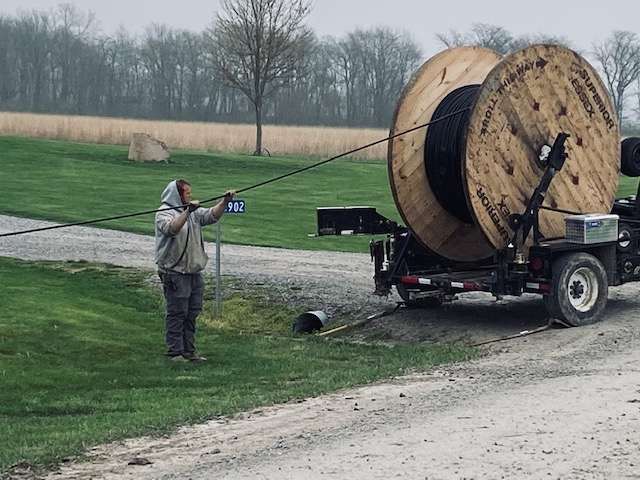Iowa Finance Authority awards $12M for regional housing trust fund programs
CBJ News Staff

In the Corridor, three local Internet Service Providers report exciting developments and improvements to their broadband internet offerings.
From 3,063 residents in 1990, the once small Iowa town of North Liberty has swelled to over 23,000 citizens – increasing in population by 10% just over the last three years from the most recent census…

Get immediate, unlimited access to all subscriber content and much more.
Learn more in our subscriber FAQ.
Do you want to read and share this article without a paywall?
